RAS AL-TIN PALACE, 1834
One of the oldest-running presidential palaces, Alexandria’s Ras Al-Tin was treasured by Egypt’s royal family. Planned and commissioned by Mohamed Ali in 1834, the Roman-inspired palace was meant to serve as a second fort to Cairo’s Salah Al-Din Citadel. However, successors of Mohamed Ali, such as kings Fouad and Farouk, renovated it into a vacation stay for the royal family, even constructing a private railway line from the palace to Cairo.
Besides being a favorite of the Mohamed Ali dynasty, Ras Al-Tin was Egypt’s most pivotal palace during its transition from a monarchy to a republic. During the July 1952 revolution King Farouk escaped to Ras Al-Tin to avoid his rebelling army, and it was in Ras Al-Tin where he abdicated the throne.
Today, the palace serves as a presidential residence for hosting official guests.
ABDEEN PALACE, 1863
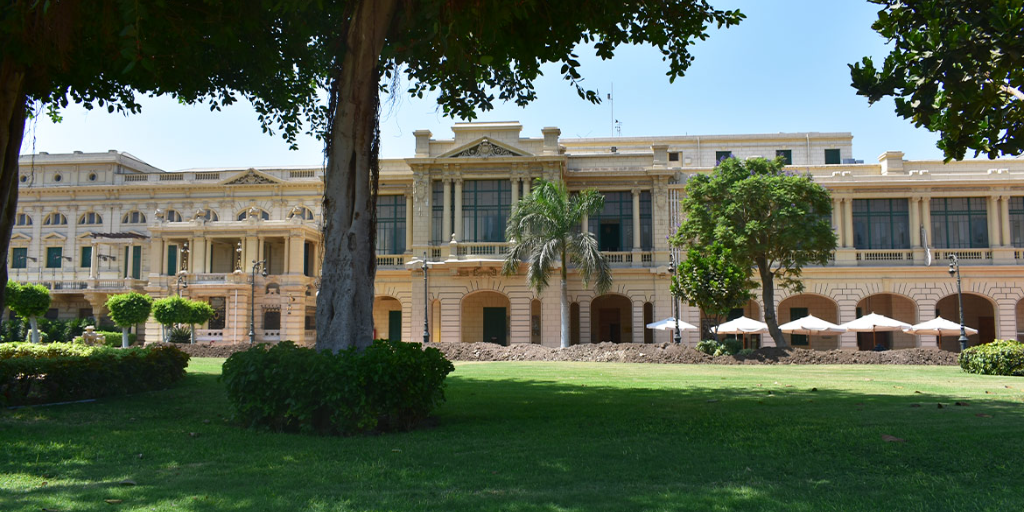
The pièce de resistance of Cairo’s modernization in the late nineteenth century, Abdeen Palace was the bedrock of Downtown Cairo’s construction – a city famed for its Hausmann architecture, statue-adorned squares, and Nile-side views. Abdeen’s 500 rooms and gilded furniture added to the grandeur of Cairo’s Downtown.
While still an official presidential palace, a large part of Abdeen has transformed into a museum and venue, for visitors and event planners to indulge in. A hologram concert for late singer Umm Kulthum was held in Abdeen in 2021.
QUBBA PALACE, 1867
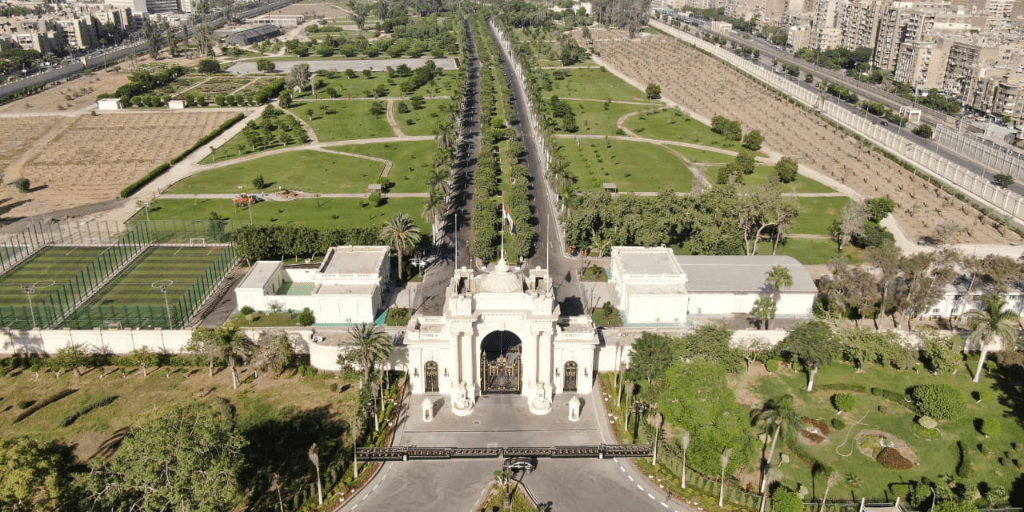
At a whopping 798 thousand square meters, Qubba is the country’s largest palace.
Located in Cairo’s Heliopolis, Qubba was once the prime venue for Egypt’s leaders. Royal families held weddings in the palace, President Gamal Abdel Nasser’s burial ceremony was held on its grounds, and even the exiled Shah of Iran sought refuge in its rooms.
To this day, the palace gardens host an exotic list of groves and rare trees and plants that date back to the era of Khedive Ismael, for political guests and visiting leaders to enjoy. More recently, the palace transformed into a commercialized venue during this year’s Ramadan, when it hosted a suhoor (pre-fast meal) event.
AL-SAFA PALACE, 1887
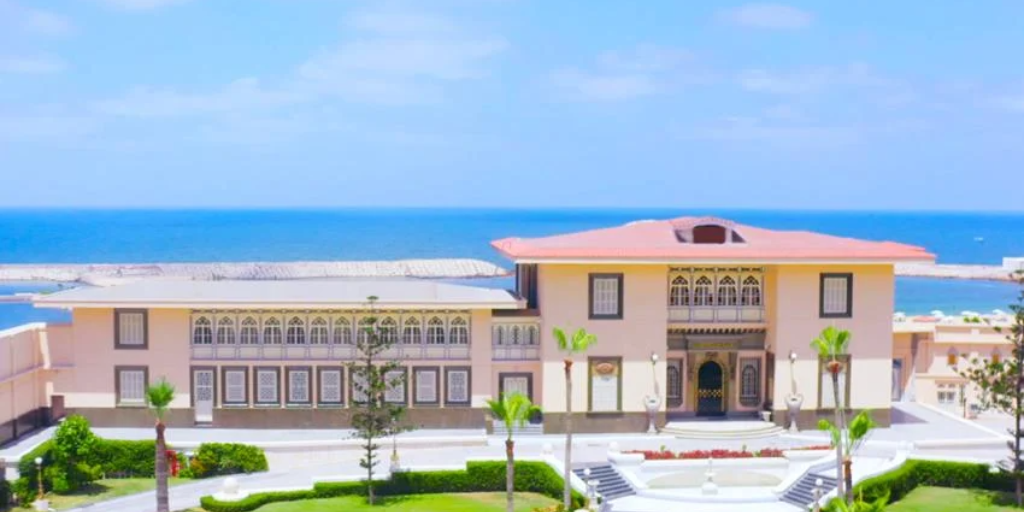
Built on a hilltop that overlooks Alexandria’s magnificent Mediterranean waters, Al-Safa Palace looks on as a time capsule of the royal era. Originally the estate of a Greek cotton tycoon, Al-Safa was later purchased by Prince Mohamed Ali, son of Khedive Tawfiq, soon becoming a family favorite for its wide-angled seaview and fusion between oriental and Roman architecture.
Today, Al-Safa is one of three Alexandrian presidential palaces, serving the role of housing visiting politicians and leaders.
AL-ITTIHADIYA, 1910
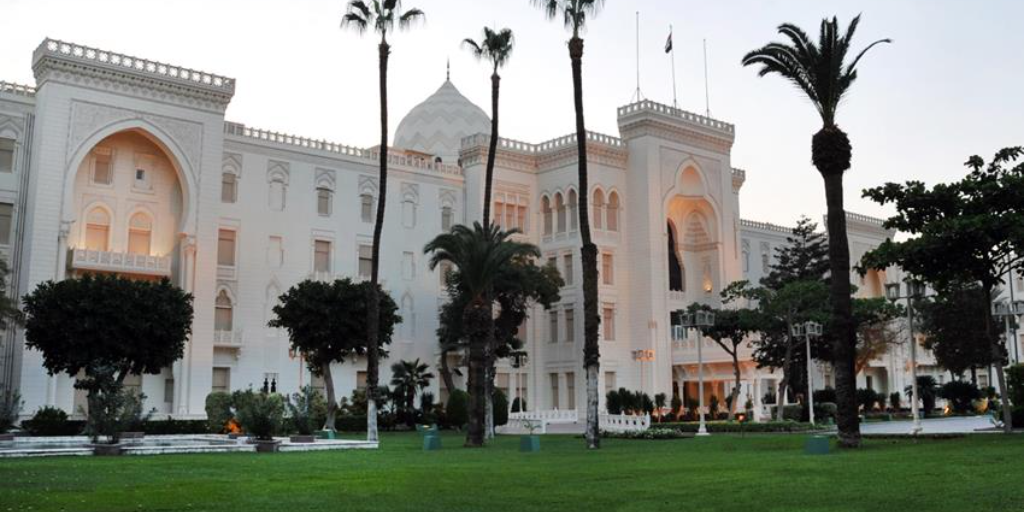
Since the 1980s, Egypt’s Al-Ittihadiya Palace has served as the headquarters for Egypt’s presidency, hosting history’s most influential leaders and shaping Egypt into the country it is today. To the everyday citizen passing by its gates in Heliopolis, the palace’s bright white color and Arabesque architecture projects an imposing aura.
Historically, the palace was once Cairo’s first luxury hotel, known as the Heliopolis Palace Hotel, the crown jewel of Baron Edouard Empain’s contributions to the suburb.
AL-TAHRA PALACE, 1927
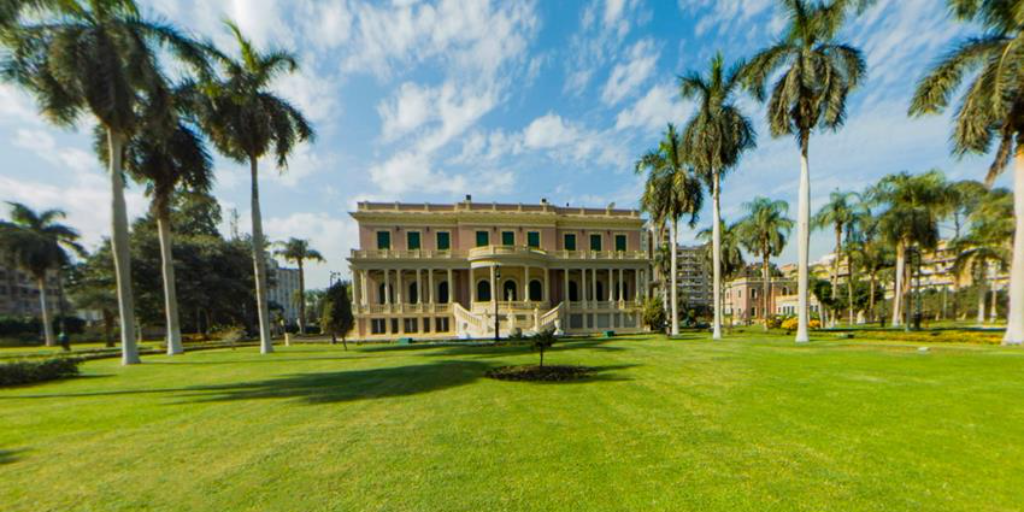
Considered the magnum opus of Italian architect Antonio Lasciac, Al-Tahra Palace was a favorite of Princess Amina, daughter of Khedive Ismail – famously becoming ‘Villa Amina Hanem’ (Villa Madam Amina). Neighboring the larger Qubba Palace, Al-Tahra acts as a guesthouse for the president’s visiting politicians and their family members.
AL-HARAMLIK PALACE, 1932
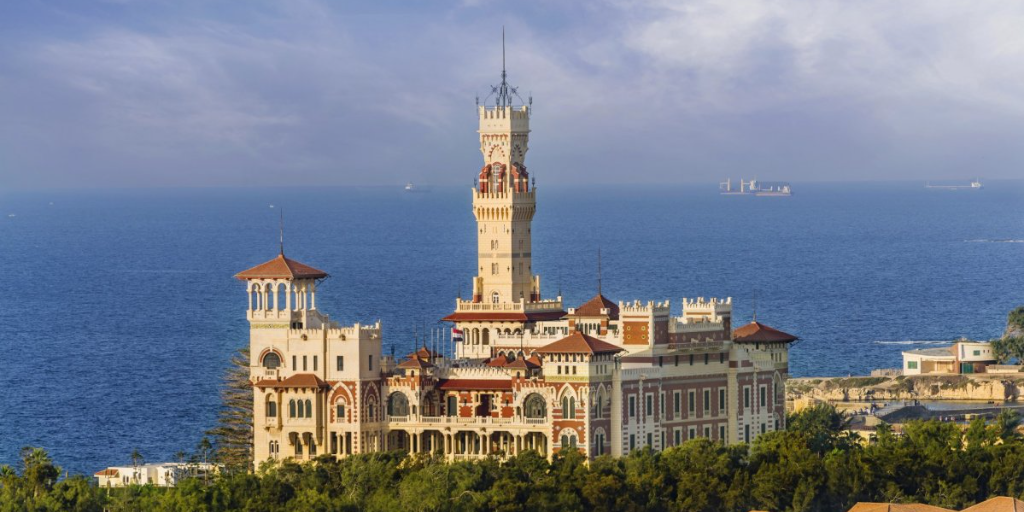
An extension of Alexandria’s famed Montazah Palace, Al-Haramlik was King Fuad’s beloved summer home, constructed in 1932. Its blend of Ottoman and Florentine styles, with two towers overshadowing its quarters, is a work of architectural art for guests to revel in. It continues to act as a guest home for both Egypt’s president and visiting dignitaries.
AL-ALAMEIN PALACE, 2019
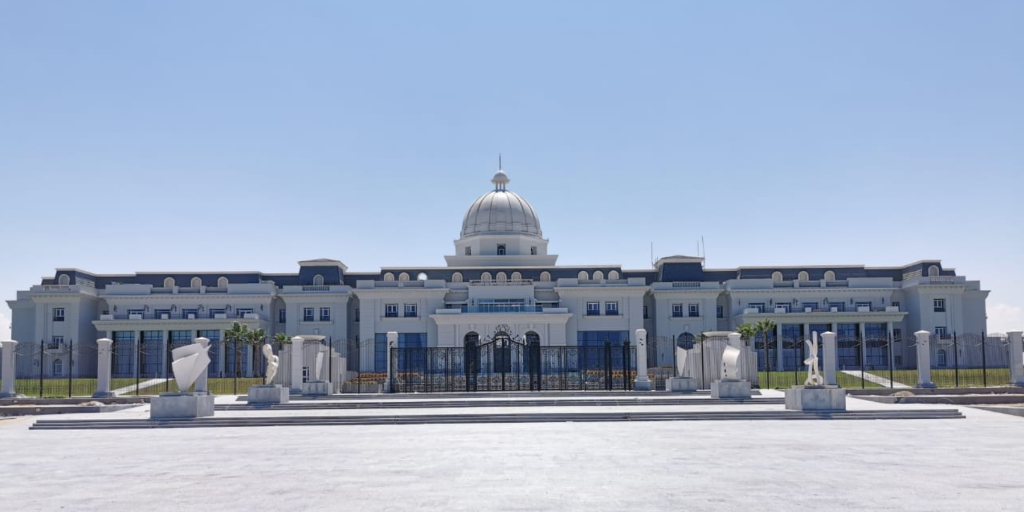
As a part of President Abdel Fattah Al-Sisi’s urban expansions in the North Coast, Egypt’s New Alamein city is an example of the country’s modernizing coastal communities. In a bid to further urbanize New Alamein, a presidential palace was constructed in 2019. The new palace’s expansive 147 thousand square meters of land and White House-inspired architecture further cement the city’s position as a future metropolis.
NEW ADMINISTRATIVE CAPITAL PALACE
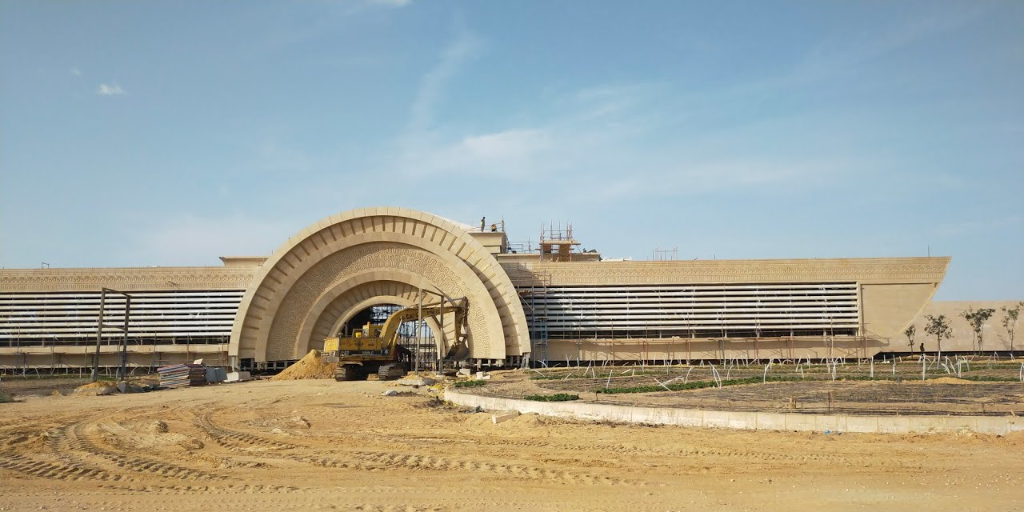
Since its announcement in 2015, Egypt’s New Administrative Capital has been slowly coming to life east of Cairo. Skyscrapers are beginning to break through clouds, roads are developing, and gated communities are coming to life. With government institutions planning to relocate to the new capital, Al-Sisi has also commissioned the construction of a new presidential palace to overlook the city and reflect the country’s cultural heritage. The palace’s gates are designed in the shape of pharaonic wings, while satellite views indicate a drawn shape of ancient Egypt’s key of life.
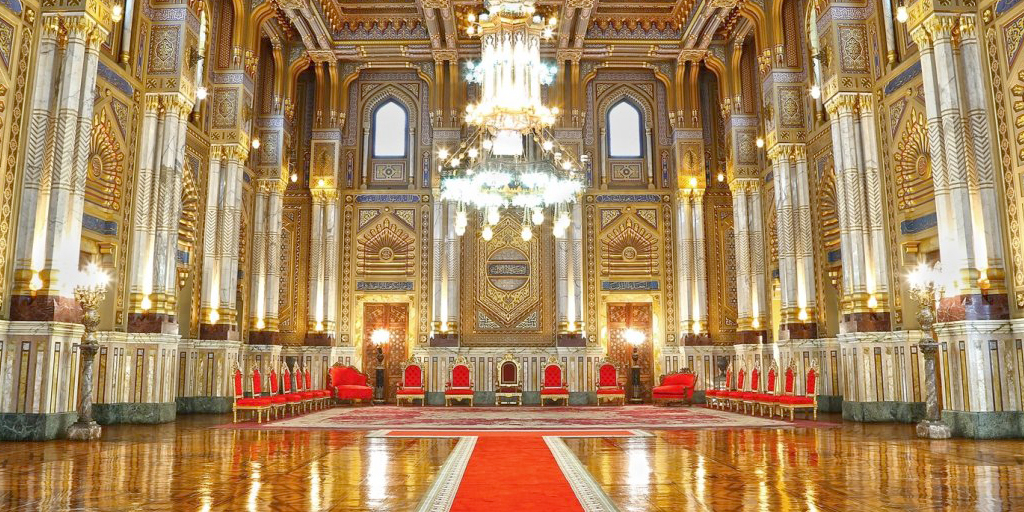





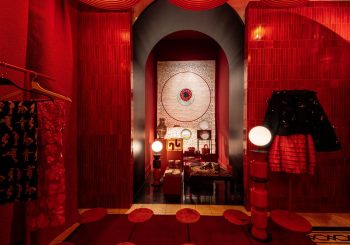

Comments (0)